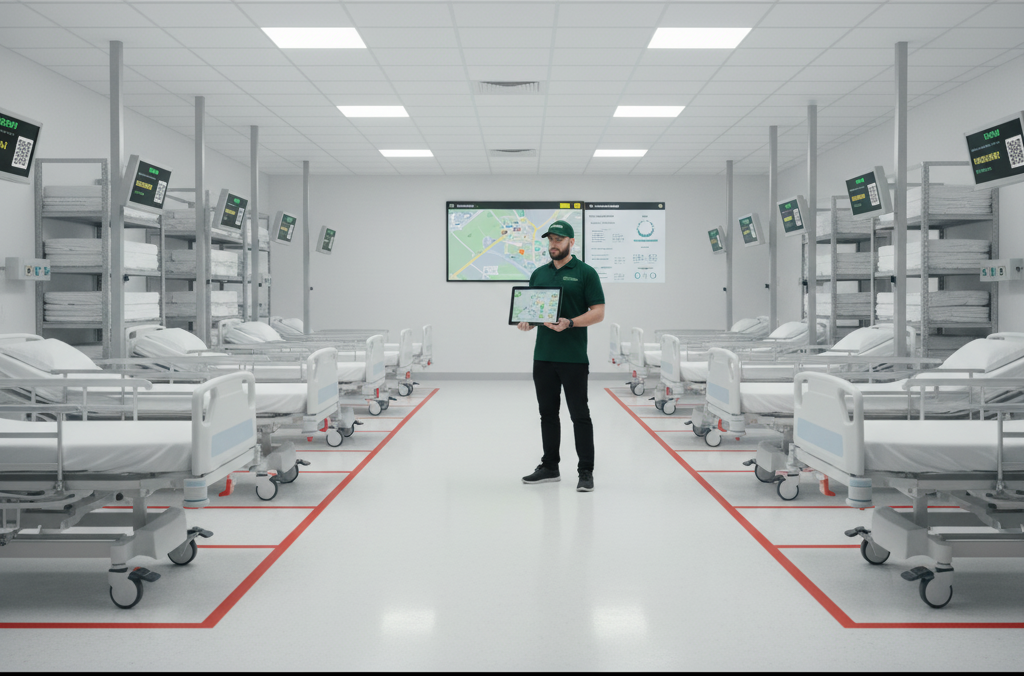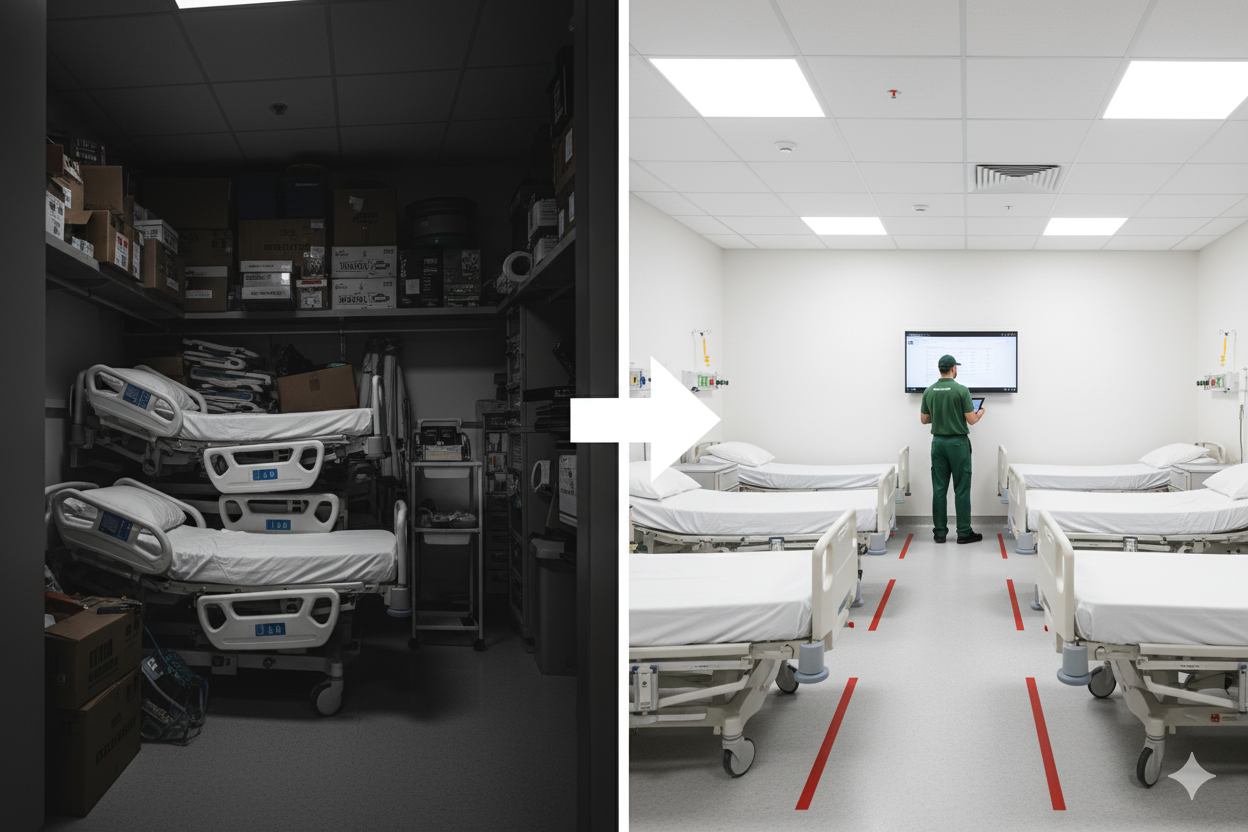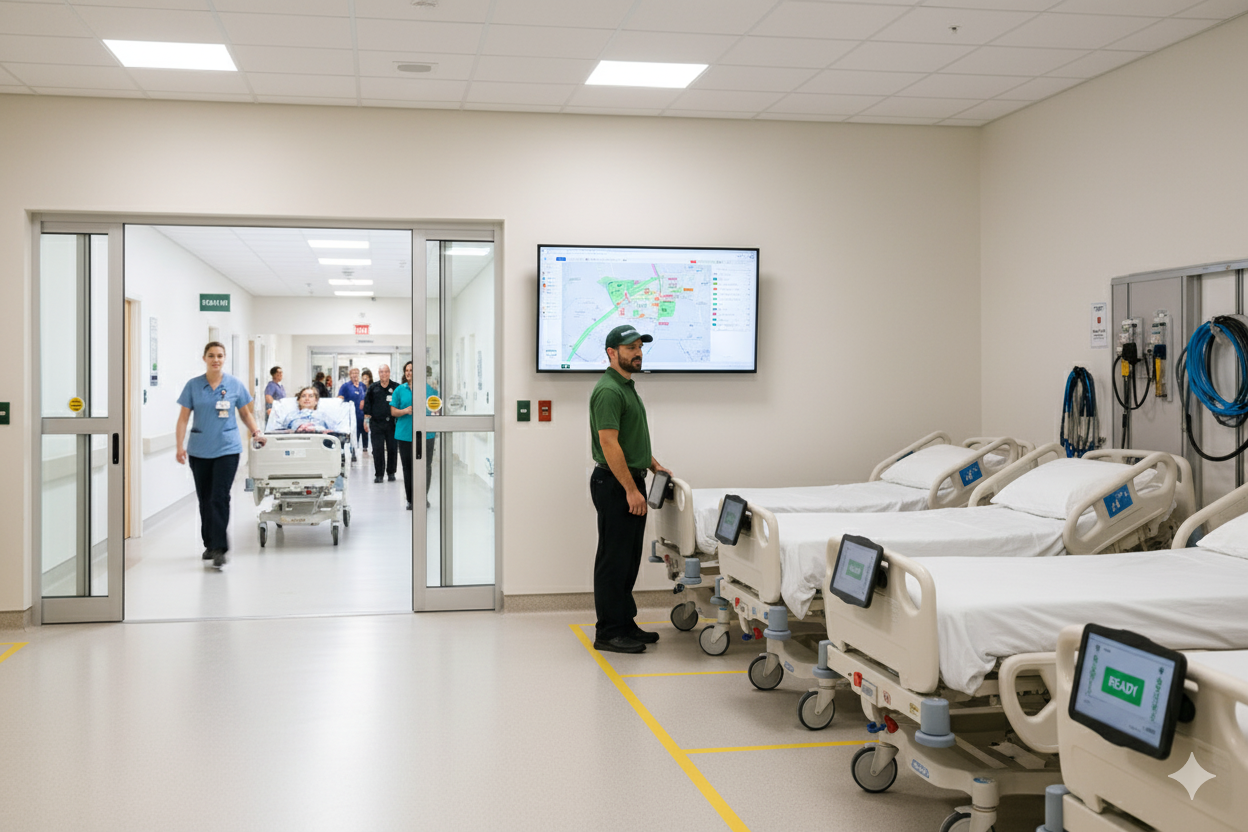
In the ever-evolving landscape of healthcare, facilities constantly seek ways to maximize their investments while ensuring top-notch patient care. One of the most effective strategies to achieve this balance is through OEM-neutral maintenance. This approach, centered on using Independent Service Organizations (ISOs) for equipment maintenance, offers significant economic benefits. Let’s dive into the key aspects that make OEM-neutral maintenance a smart choice for healthcare providers.
Cost-Effectiveness of ISO Services
One of the primary advantages of OEM-neutral maintenance is its cost-effectiveness. OEM-neutral service providers prioritize extending the life of existing equipment, presenting a more budget-friendly alternative to the often costly new purchases pushed by Original Equipment Manufacturers (OEMs). By focusing on maintenance and repairs rather than replacement, ISOs help healthcare facilities manage their budgets more efficiently. This approach not only reduces immediate costs but also ensures long-term financial stability by delaying the need for significant capital expenditures.
Component vs. Module-Based Repairs
When it comes to repairs, ISOs often favor component-based solutions over the more expensive module-based repairs recommended by OEMs. For example, if a medical imaging device malfunctions, an OEM might suggest replacing an entire module, costing thousands of dollars. In contrast, an ISO would likely identify the specific faulty component within the module and replace only that part, leading to substantial cost savings. This targeted repair approach can save healthcare facilities significant amounts of money without compromising the quality or performance of the equipment.
Streamlined Contracting and Management
Another significant benefit of OEM-neutral maintenance is the streamlined contracting and management process. Working with a single OEM-neutral provider can greatly simplify administrative tasks and reduce logistical complications. Instead of juggling multiple contracts and service agreements with various OEMs, healthcare facilities can consolidate their maintenance needs under one ISO. This consolidation leads to lower administrative costs, reduced paperwork, and more efficient management of maintenance activities, allowing healthcare providers to focus more on patient care and less on bureaucratic hassles.
Strategies for Cost Reduction
ISOs employ various strategies to further reduce maintenance costs, demonstrating their potential for substantial budget optimization. These strategies include:
– Using Refurbished Parts: ISOs often utilize high-quality third-party consumables, which are significantly cheaper than OEM consumables while maintaining quality. This practice not only cuts costs but also increases competition ensuring OEMs keep their pricing reasonable for their consumable parts.
– Predictive Maintenance: By implementing predictive maintenance techniques, ISOs can identify potential issues before they become major problems. This proactive approach minimizes downtime and prevents costly emergency repairs.
– Sourcing from Multiple Suppliers: ISOs are not tied to a single manufacturer, allowing them to source parts and services from a variety of suppliers. This flexibility leads to competitive pricing and availability, further driving down costs.
In conclusion, OEM-neutral maintenance offers a compelling economic advantage for healthcare facilities. By focusing on cost-effective repairs, streamlining management processes, and employing innovative cost-reduction strategies, ISOs enable healthcare providers to maximize their investments and maintain high-quality patient care. Adopting an OEM-neutral approach is not just a smart financial decision; it’s a strategic move towards more efficient and sustainable healthcare operations.











